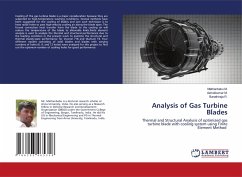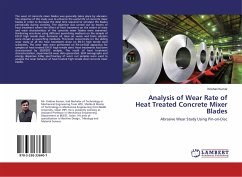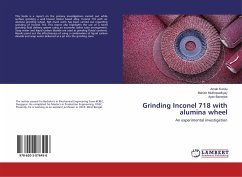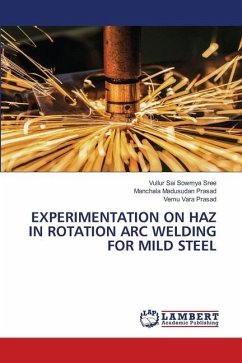Cooling of the gas turbine blade is a major consideration because they are subjected to high-temperature working conditions. Several methods have been suggested for the cooling of blades and one such technique is to have radial holes to pass high-velocity cooling air along the blade span. The forced convection heat transfer from the blade to the cooling air will reduce the temperature of the blade to allowable limits.Finite element analysis is used to analyze the thermal and structural performance due to the loading condition in the present work to examine the structural and thermal steady-state performance for Inconel 718 and titanium T6. Four different models consisting of solid blades and blades with varying numbers of holes (6, 9, and 12 holes) were analyzed for this project to find out the optimum number of cooling holes for good performance.







